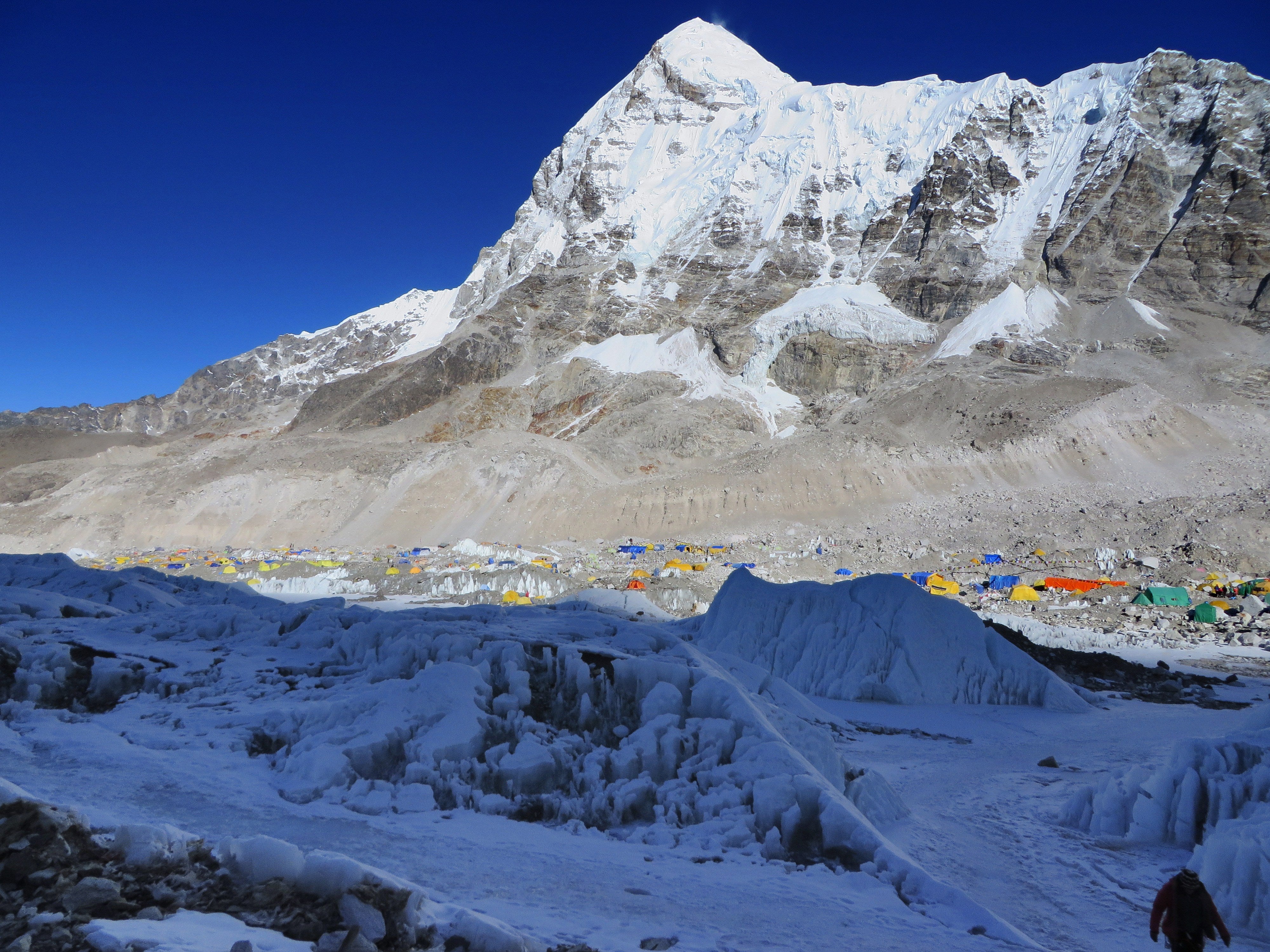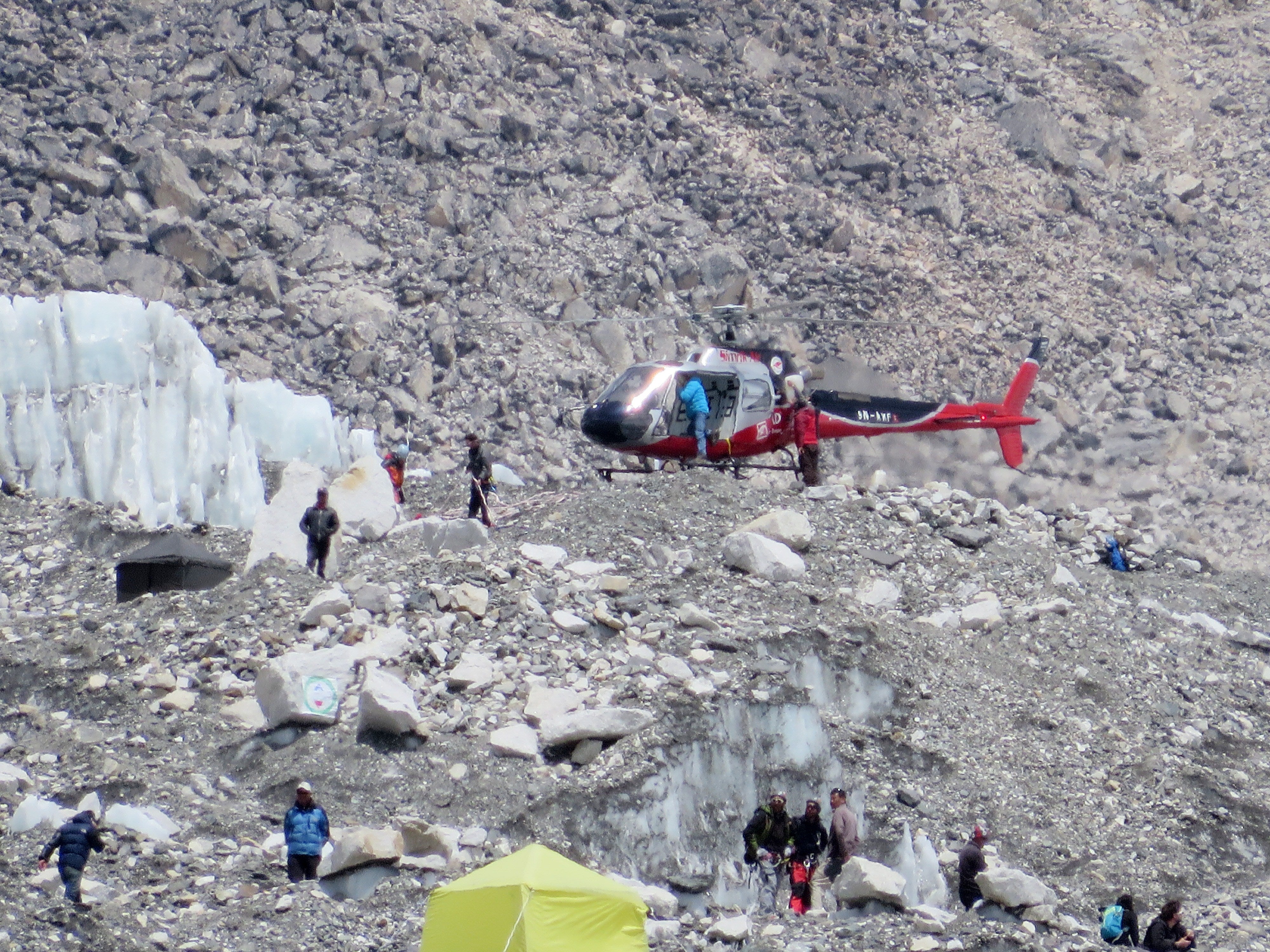Glasgow man wins prestigious climbing award after near-death experience on Pakistan mountain
Prestigious award, known as ‘mountaineering’s Oscars’, awarded to Tim Miller and Paul Ramsden from UK
Your support helps us to tell the story
From reproductive rights to climate change to Big Tech, The Independent is on the ground when the story is developing. Whether it's investigating the financials of Elon Musk's pro-Trump PAC or producing our latest documentary, 'The A Word', which shines a light on the American women fighting for reproductive rights, we know how important it is to parse out the facts from the messaging.
At such a critical moment in US history, we need reporters on the ground. Your donation allows us to keep sending journalists to speak to both sides of the story.
The Independent is trusted by Americans across the entire political spectrum. And unlike many other quality news outlets, we choose not to lock Americans out of our reporting and analysis with paywalls. We believe quality journalism should be available to everyone, paid for by those who can afford it.
Your support makes all the difference.A Glasgow man has won the Piolets d’Or, the biggest award in alpine climbing and mountaineering, years after his near-death experience in an avalanche in Pakistan.
The Piolets d’Or (golden ice axe), known as mountaineering’s Oscars, was awarded to Tim Miller, 27, and Paul Ramsden, 54, from the UK, for summiting the previously unconquered and unnamed peak now christened Jugal Spire in Nepal.
The British mountaineers climbed the 21,532ft (6563m) peak by establishing a new route in the “alpine style”, a term for summiting without oxygen, fixed ropes, or sherpa support in generally one push.
Mr Miller and Mr Ramsden climbed the peak near Kathmandu in April last year, ascending through a huge sweep of very steep granite filled with snow, ice, gorges, and a rock wall.
Mr Miller said they reached the base camp at the foot of the valley after taking several flights from the US, a bumpy car drive, and six days of trekking and realised the scale of the difficulty upon reaching there, according to ExplorerWeb.
“There wasn’t a clear line up the face, because the mountain was complex in its features: ridges and buttresses and glaciers and seracs,” said Mr Miller. “We checked every option until we saw a suitable ascent line and also a possible way down. Only then did we commit to try that peak.”
They progressed quickly to the first half of the face of the mountain except for some tricky patches of ice and snow.

“But about three-quarters of the way up, there was a steep rock band with no clear passage through it. That was definitely the crux of the climb.”
They reached the peak on the fourth day but the weather turned worse and they chose to camp right below the summit instead of starting their descent the same day.
On the fifth day, they began their descent. The presence of abundant fresh snow from the previous afternoon added to the challenge, making the descent even more precarious and unsettling due to the heightened risk of avalanches on most of the slope.
“Also, we descended down a ridge,” said Miller, “so there was not much abseiling. Most of it required downclimbing. That meant slower going. In the end, it took two days more. It was not the hardest part but we were both tired, so mentally, it was the hardest part.”
After 37 pitches, they reached the summit, descended, and named the route The Phantom Line for its ever-changing appearance.

He said he suffered a frostbite but he was “totally over the moon” to receive it.
The achievement came almost five years after Mr Miller suffered a near-death experience after getting caught in a fatal avalanche that buried him under six feet of snow on Ultar Sar mountain in the Karakoram range.
He was camping with a group of climbers at an altitude of 19,300ft (5883m) when the avalanche hit and buried them inside with their tent.
He told BBC that he managed to chew through the fabric of the tent and make his way up while some of the group members were not able to emerge.
He said he managed to pull out his friend Bruce Normand but found another friend, Christian Huber, dead.
The two men survived two days in their broken tent as they waited for the weather to return to normal for Pakistan rescue services to airlift them.

Join our commenting forum
Join thought-provoking conversations, follow other Independent readers and see their replies
Comments